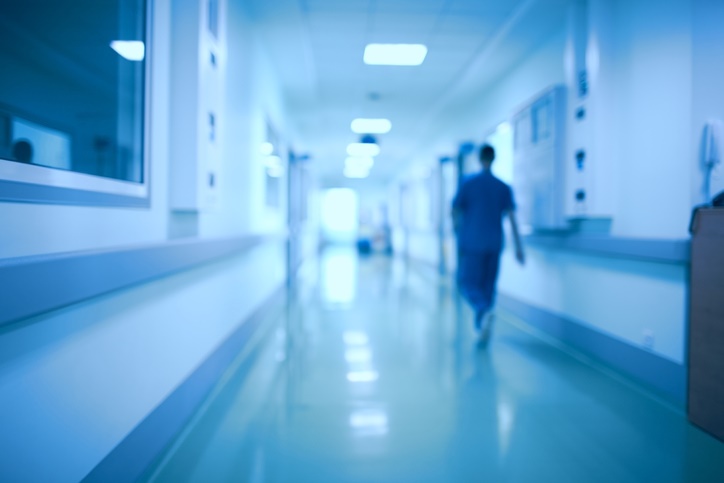

Close to 10 000 bodies are waiting to be identified each year in South Africa’s medico-legal laboratories.
- According to a research by Stellenbosch University, SA’s medico-legal laboratories have close to 10 000 unidentified bodies each year.
- Dr Kathryn Smith’s PhD focused on forensic visual identification processes.
- It included reviewing around 1 000 unclaimed bodies in a Cape Town mortuary.
Close to 10 000 bodies are waiting to be identified each year in South Africa’s medico-legal laboratories, according to Dr Kathryn Smith, an interdisciplinary visual and forensic artist.
Smith is the head of the visual arts department at Stellenbosch University.
According to the university, Smith’s interest in the forensic world led her to complete the only available postgraduate qualification in forensic arts and facial identification, which had been established by its leading practitioner, Professor Caroline Wilkinson, at the University of Dundee in Scotland.
Smith’s PhD focused on forensic visual identification processes, including reviewing records of over 1 000 unclaimed bodies from a Cape Town mortuary and critically assessing the associated post-mortem photographs for image quality and facial condition.
READ | Gauteng health concerned by unclaimed corpses gathering in mortuaries
In March last year, the health department in Gauteng said that, in the 2020/21 financial year, there were 898 unclaimed and unidentified bodies in state mortuaries. The department then said it was developing an online system to help state mortuaries identify unclaimed and unidentified bodies.
“In the absence of a single database, where information on missing and unidentified people in SA can easily be compared and in a context where there is just one forensic pathologist for every million people, the extent of this ‘silent mass disaster’ cannot be accurately quantified,” Smith said.
She said understanding the problem was further exacerbated by the need for digitised case records in all provinces, except the Western Cape.
Smith said:
The identification of bodies is a task which requires close cooperation between the South African Police Service and the Department of Health’s Forensic Pathology Services.
She said all the deceased people admitted to a forensic facility were photographed. However, her research showed no image standardisation, which made the resulting post-mortem photos unreliable.
“They cannot be confidently used for facial comparison or to create a depiction for a public appeal for information, which is two accepted facial identification methods. Of 1 010 unidentified cases reviewed, only 30% had suitable associated photographs. This means that many bodies can lie in the morgue for far longer than the mandated 30 days before they can be legally released for a pauper burial,” she said.
For Smith, the complexity of the identification process and the commitment by the facility to offer the best possible forensic care against all odds was embodied by one unknown individual in her sample, who had been retained for 687 days, until being released for burial.
READ | Gauteng working to clear 10 900 post-mortem reports backlog
Smith advocates training forensic officers in post-mortem facial photography as a cost-effective intervention.
She has offered such training to about 90 forensic officers and undertakers, as part of a pilot project of the Western Cape Cold Case Consortium, an initiative she co-founded in 2021 with colleagues from the University of Cape Town and Stellenbosch University to apply multifactorial analyses to complex identification cases.